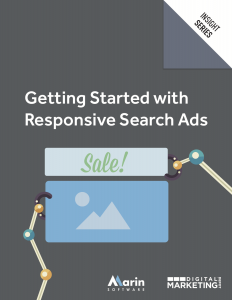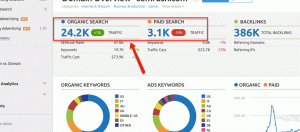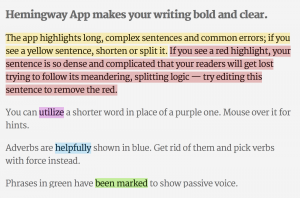LinkedIn now has over 400,000,000 million users on the platform and that number is growing every year. We all use it frequently or we’ve used it at some point; however, now it’s turned into another effective communication outlet.
Whether you use the platform for building your professional network, recruiting for the open positions you have, or to find people that could use your helpful services, you will probably send a handful of cold outreaches in order to accomplish one of the tasks previously mentioned. How can you craft the perfect outreach that gets you a response every time? Keep in mind each response can be one step closer to your overall goal.
We’ve tested, researched, and compiled the best elements that will get you to your goal to crafting the best outreach on LinkedIn.
Here are 5 elements you need for crafting the perfect LinkedIn outreach message…
1. Personable
If you message starts “I came across your profile on LinkedIn…” or “Allow me to introduce myself…” Stop right now.
None of these are personable and messages like these state the obvious. This are bland, generic, and impersonal. I’m not saying you should act like you’ve known this person for years when you send your first outreach, but adding in the “human” element will get you a higher chance of a reply.
2. To the point
Long messages are sometimes necessary, but when it’s a cold outreach you should ask yourself how you have so much to say to someone you don’t even know yet. I’ve received many messages that are paragraphs long, and there is nothing more time-stopping than to see those lengthy messages.
Limit yourself to one paragraph and a paragraph is defined as 5 sentences. Keeping your message to the point won’t make the other party feel the dread that they have to stop what they are doing to read this lengthy message. You’ll come across as clear and concise, which are factors that open the door to a better conversation and that reply you need to move forward.
3. Connection first
If you have LinkedIn premium you do have a certain number of Inmail credits to use to send messages to people who aren’t your connections. I would use this as a second open and instead I would request to connect. If you have some connections in common or if you belong to the same group, go ahead and connect with the individual.
If you have to use Inmail, follow all of the aspects mentioned in this post. LinkedIn offers assistance in the call-to-action, but it’s more of a minor barrier that you can potentially bypass by connecting in the first place.

Also, I would recommend against including a message in the LinkedIn request. You can include a friendly hello, but it is very hard to respond to those connection request messages. So if you ask questions or include your outreach in that first connection message…you may not get the response you need.
4. Common ground
I found a candidate who went to the same college and majored in the same subject as me. This candidate also worked in marketing. I mentioned these things in the message and I did receive a response back.
Spend a couple of minutes scanning the person’s LinkedIn profile. You may find that you have some connections in common, you went to the same school, you are from the same area, or have some shared skills. Use these to your advantage and share the commonalities in your outreach.

via Fast Company
5. Specifics
When I’ve sent cold outreach messages, I include the aspects above and I always include a specific call-to-action to end my message. The call-to-action states a specific time (Date and time) to either have a phone call or grab coffee if they are located in the same region as me.
For example, I reach out to someone who’s LinkedIn matches the skill set we’re looking for in a role here at Contactually, I’ll always put a specific time to chat at the end. Take a look at my example below:

Stating a specific time and potential outlet to talk keeps me accountable, and also gives the other party a sense of urgency to reply. If you don’t include any specifics, it leaves the door open for ambiguity and the chance that they won’t ever respond. It helps keep me accountable and also gives the other party a sense of urgency to reply.
If for some reason you can’t state a very specific time, try to hone in on other specifics to help hit the criteria above. Having a clear next step will help get your message surfaced to the top.
Digital & Social Articles on Business 2 Community(100)







